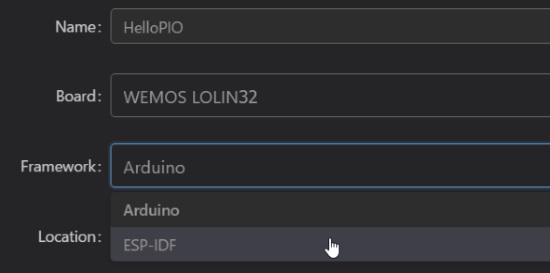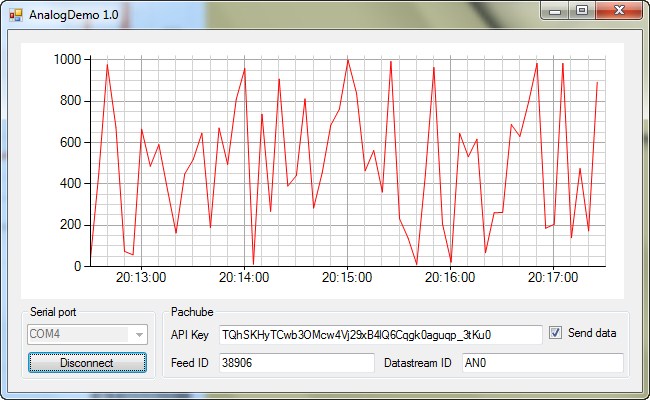ESP32, PlatformIO
PlatformIO is an opensource ecosystem (as it’s defined in the homepage of the project) to develop IoT projects. The heart of the platform is a software component named PlatformIO Core. This component includes: [checklist] a cross-platform compiler a libraries and dependences manager a serial monitor [/checklist] PlatformIO Core is developed in Python and therefore it can run on…









